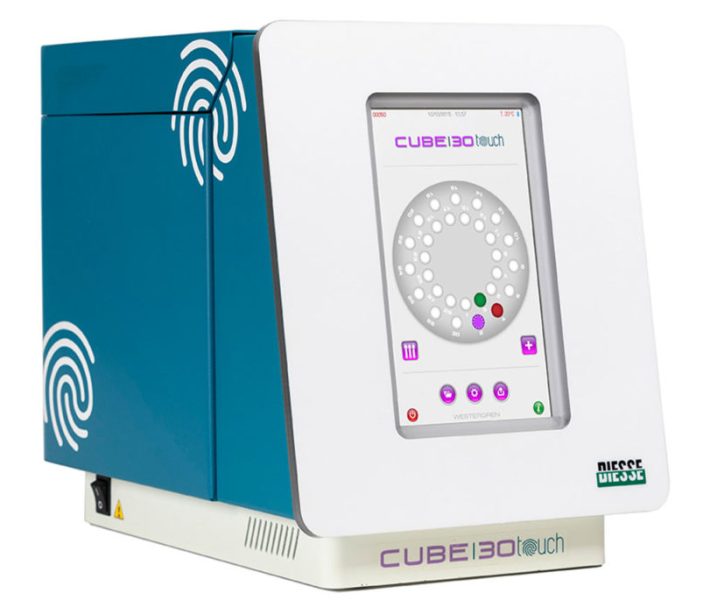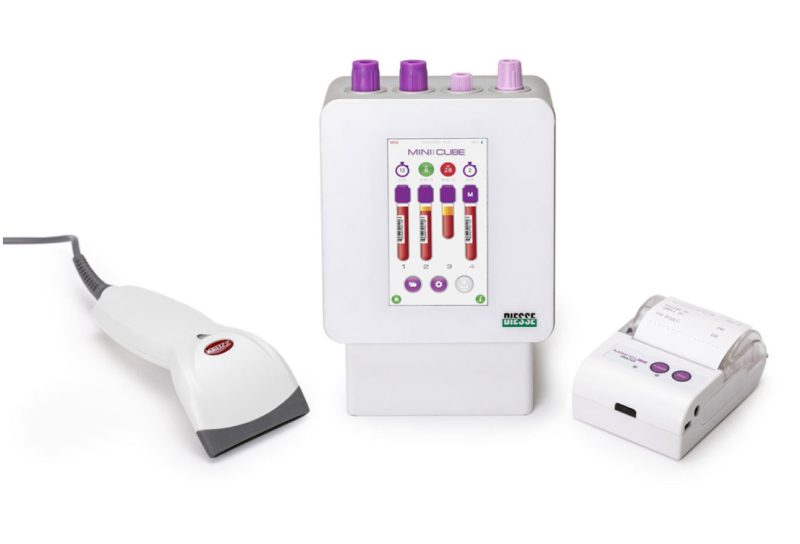
Established in 1971, Streck’s founder, Dr. Wayne Ryan, developed the company’s core technology of cell stabilization at a time when blood cells were still being counted manually using microscopes.
Streck researchers were able to facilitate automatic counting, leading to the development of an accurate system for calibrating platelet-counting devices. It was a profound breakthrough for hematology laboratories around the world – one that fueled their pursuit of innovative solutions for the clinical laboratory.
Today, innovation continues to drive their science. Streck holds over 40 patents on more than 20 products and makes testing and reagent materials for some of the industry’s leading instrument manufacturers.


Diesse CUBE 30 Touch
The Diesse CUBE 30 Touch is an automated instrument for high-volume erythrocyte sedimentation rate testing directly from EDTA tubes without consuming the patient sample. The CUBE 30 Touch automated sed-rate instrument provides excellent correlation to the Modified Westergren method and is compatible with standard 13 x 75 mm K2EDTA and K3EDTA tubes (1.5-4.0 mL). The ESR analyzer requires no reagents, eliminating operator exposure to patient samples. The CUBE 30 Touch offers random access sample loading, internal bar code scanner and printer, automatic archive of QC and patient data, and LIS compatibility. The Quality Control feature eliminates the need to manually record daily runs, and statistical reports are generated with the following features: Levey Jennings charts, standard deviation, CV%, mean, and highest and lowest result.
Diesse MINI-CUBE
The Diesse MINI-CUBE is an automated instrument for erythrocyte sedimentation rate testing directly from EDTA tubes without consuming the patient sample. The MINI-CUBE automated sed-rate instrument provides excellent correlation to the Modified Westergren method and is compatible with standard 13 x 75 mm K2EDTA and K3EDTA tubes (2.0-4.0 mL) and pediatric (500 µL) BD Microtainer and BD Microtainer MAP EDTA tubes. The compact ESR analyzer requires no reagents, eliminating operator exposure to patient samples. The MINI-CUBE offers random access sample loading, bar code scanning, a Bluetooth printer, automatic archive of QC and patient data, and LIS compatibility. The Quality Control feature eliminates the need to manually record daily runs, and statistical reports are generated with the following features: Levey Jennings charts, standard deviation, CV%, mean, and highest and lowest result.


